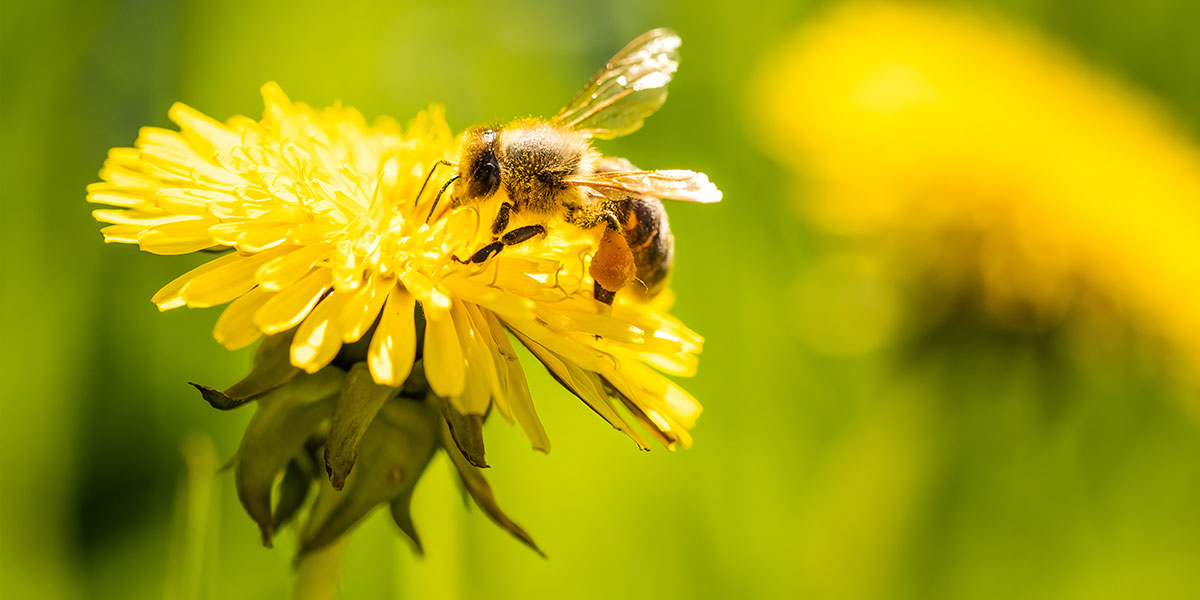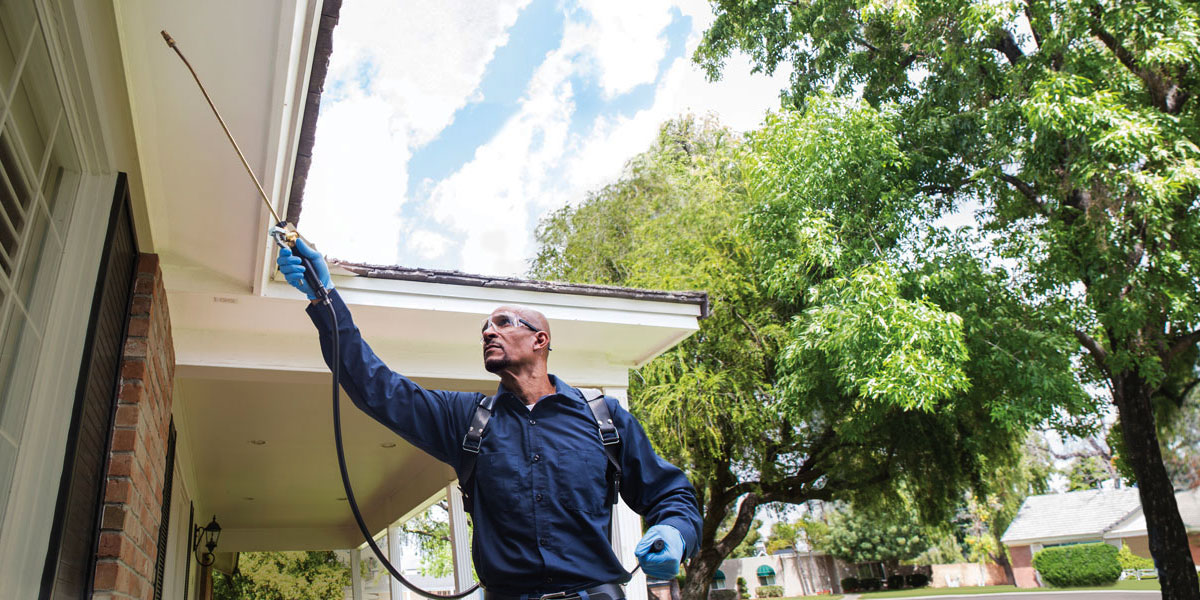______________________________________________________________________________________________________________________________________________________________
The mathematics of risk
Risk. Exposure. Hazard.
These are very scary sounding words! But we take risks in everyday life from hazards that are all around us.
How do we reduce the impact of everyday hazards on ourselves and our families?
In short, math.

Risk = Hazard x Exposure
The overall risk of any hazard depends on the exposure that people (and pets) may face. When we go to the zoo, we love to go look at all the animals. However, some of those animals can be dangerous!
How do zoos keep us safe? Less hazardous animals like goats may be available for visitors to directly interact with in a petting zoo. Tigers, which can be deadly, are kept behind bars. We’re not exposed directly to them, so the risk from this hazard is extremely low. Zoos limit access to tigers to professionals or zookeepers who have proper protection and training.
Pesticide manufacturers are like zookeepers in that we identify and evaluate the hazards and levels of potential exposure from each of our products to find the overall risks to pest management professionals, consumers, homeowners, the environment, and pets. We then use this information to determine who should have access to the product and what sort of precautions they must take when using the product.
How do we determine hazard, exposure and risk when it comes to pesticides?
Risk = Hazard x Exposure
Hazard: While we all want our pesticides to work – getting rid of the intended bug or pest – we also want our pesticides to be as minimally hazardous as possible. Animal testing helps determine the highest dose of a pesticide that does not result in a negative response. That level is then reduced, sometimes by 100-fold or more to determine the maximum allowable exposure to humans from all sources: food, water, home use, etc.

Exposure: All sources of potential exposure by consumers, residents, or pets to that pesticide are considered. This includes both direct and indirect exposure resulting from, for example, household or garden use, use on food preparation surfaces, run-off of pesticides onto lawns, patios, and driveways, food use, water-, breathing in freshly applied pesticides, etc.
Risk: We then use both the hazard and exposure information to calculate the overall risk from using the pesticide. For example, a very hazardous pesticide that is only applied in the crawlspace under a home (where people very rarely go) may be considered “lower risk,” while a less hazardous pesticide that is sprayed near kitchen countertops (where people and food are present) may be considered a “higher risk.”
The same type of evaluation is done for workers handling or applying those pesticides. If the exposure while spraying is higher than the allowable risk, personal protective equipment (PPE) can be used to reduce the exposure; this reduces the hazard to the applicator.
Want to know more about risk, hazards, and exposure?
See our articles on Label Language and PPE for more information.
Visit the PROPER use BASF website for more information on pesticide use.




